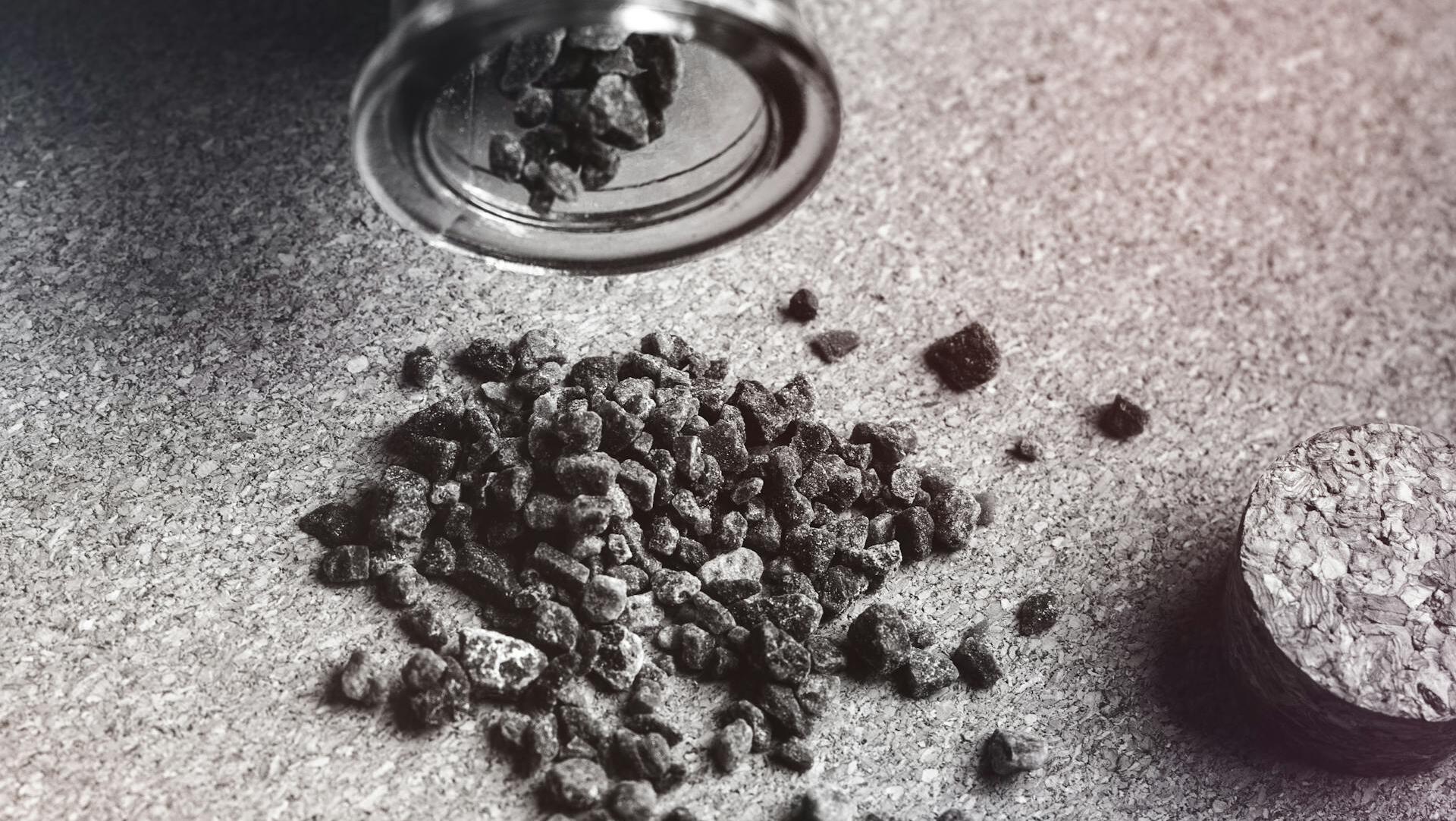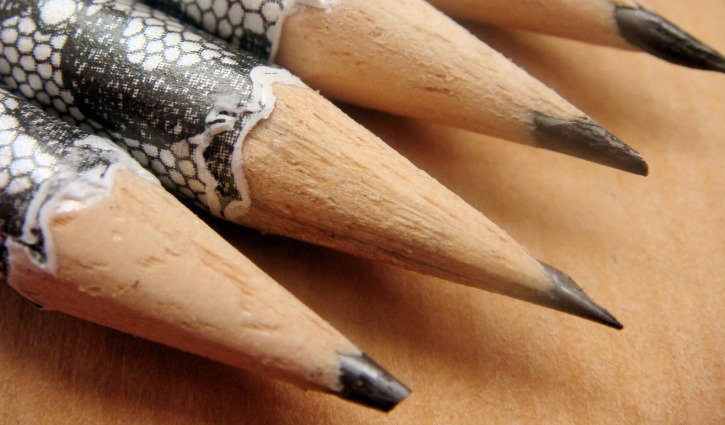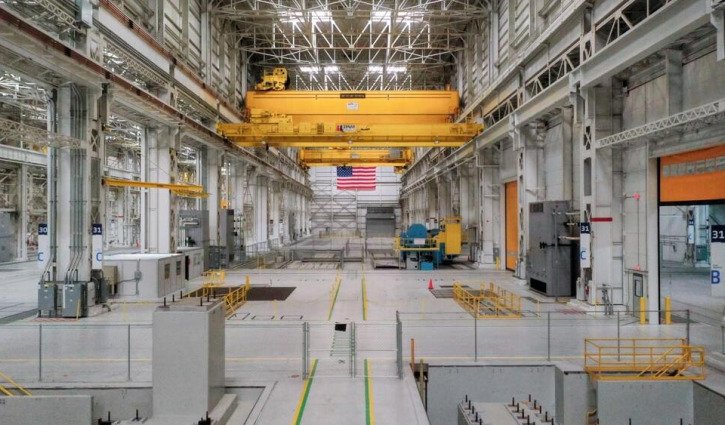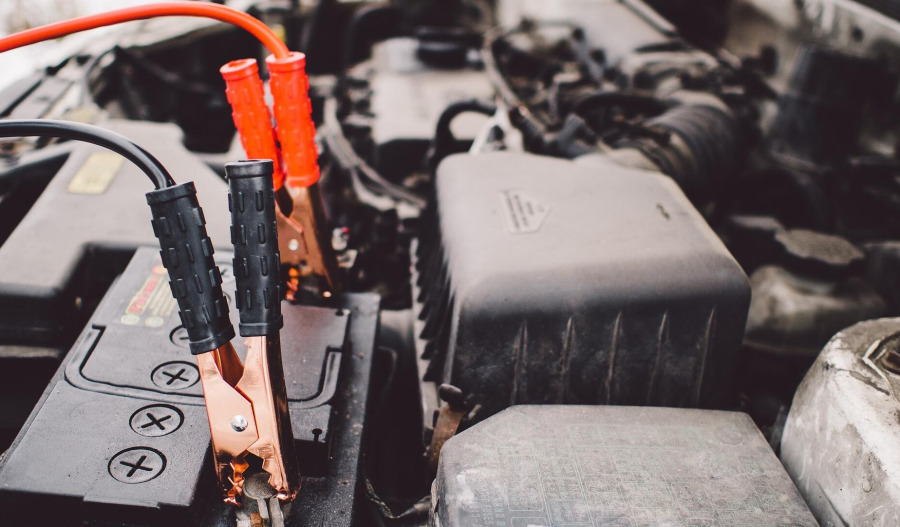Shares in North American graphite producers soared overnight following a decision by the United States Commerce Department to announce preliminary anti-dumping duties of 93.5% on Chinese imports of graphite, a key component in battery materials.
While around 180,000 metric tons of graphite products were imported into the U.S. last year, around two-thirds of these deliveries came from China which dominates graphite processing capacity.
The duties, which affect imports valued at $347.1 million in 2023, will apply to anode-grade graphite material with a graphite minimum purity content of 90% carbon by weight, and can be synthetic graphite, natural graphite or a blend of the two.
It’s understood that the anti-dumping duty on graphite follows petitions with two federal agencies filed last December by American Active Anode Material Producers - a U.S. trade association representing U.S. graphite producers - which alleges the materials had been unfairly subsidised.
Added to existing rates, the new duties, which make the effective tariff 160% are expected to heighten existing tensions along the global electric-vehicle supply chain.
According to the International Energy Agency graphite is one of the most exposed to potential supply risks and requires urgent efforts for diversification.
“Commerce’s determination proves that China is selling AAM at less than fair value into the domestic market,” Erik Olson, a spokesperson for the anode producers trade group, told media.
The new tariff is expected to be a blow to battery manufacturers with the 160% tariff equating to $7 per kilowatt-hour added cost to an average EV battery cell, or one fifth of the battery manufacturing tax credits that originated in the Inflation Reduction Act and survived President Trump’s budget bill.
“That basically wipes out profits for one or two entire quarters for the Korean battery makers,” said Sam Adham head of battery materials at consultancy CRU Group.
However, support for these new tariffs is by means unanimous with Tesla Inc and its key battery supplier, Japan’s Panasonic Inc, arguing that their reliance on Chinese graphite imports reflects an inability by the domestic industry to meet the quality standards and volumes carmakers require.
A separate but parallel anti-subsidy investigation into Chinese anode grade graphite materials by the Commerce Department on 20 May resulted in a preliminary countervailing duty of 6.55% for most producers but 712.03% for Huzhou Kaijin New Energy Technology Corp and 721.03% for Shanghai Shaosheng Knitted Sweat.
While graphite is expected to remain the most common anode material for all types of lithium-ion batteries in the medium term, silicon is expected to begin eating into its market share from 2030.
While the Commerce Department issued the preliminary determination affirming the anti-dumping duties on Thursday, a final determination is expected to be announced by early December.



